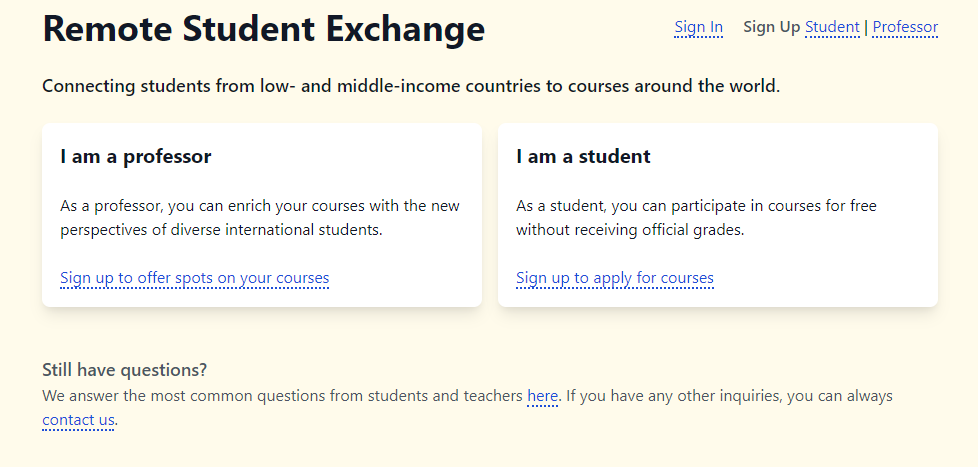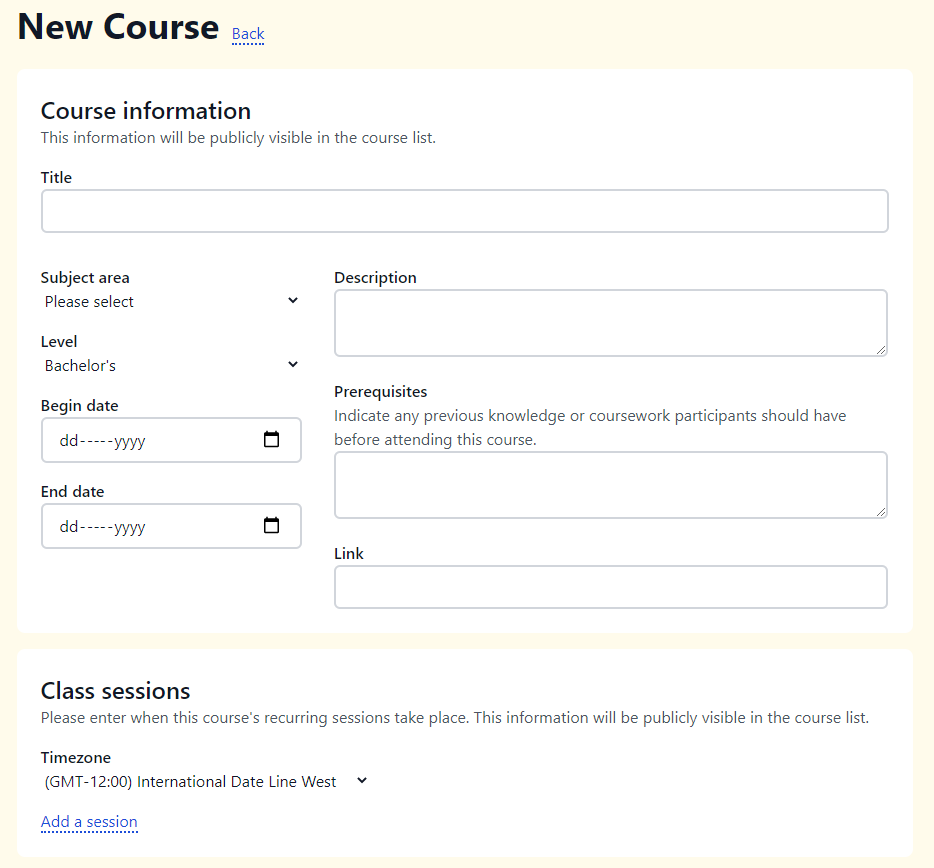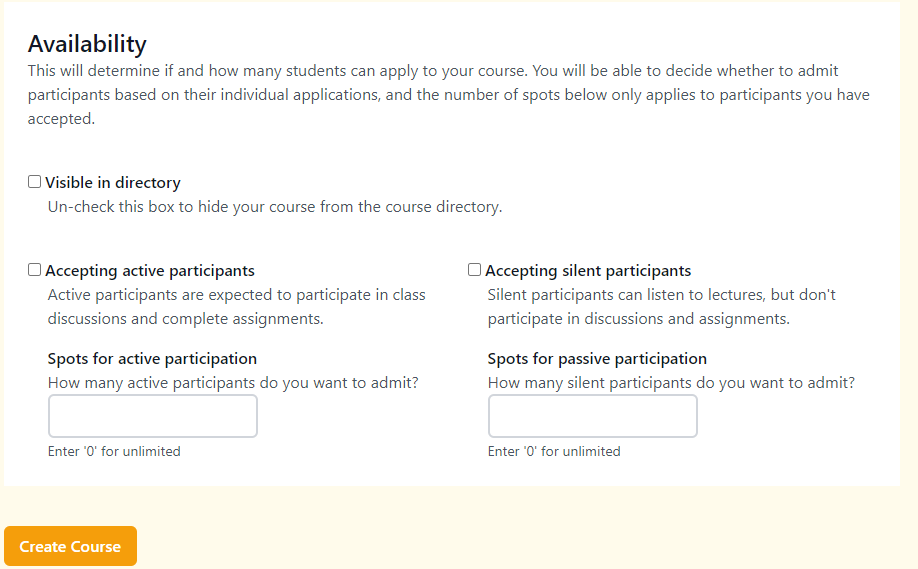Making lemonade out of remote teaching
Presenting Remote Student Exchange, a volunteer and non-profit initiative to match professors willing to offer spots in their classes with interested students from low and middle-income countries
Making lemonade out of remote teaching
2020 was a year of big changes for the whole world. For the academic community, it was not different. The need to rapidly switch from in-person to online teaching represented a big challenge for most educators. However, with new challenges come also new and big opportunities. Assistant Professor of Economics at Stockholm University, Johannes Haushofer, saw in remote teaching the opportunity to open classes to students from low and middle-income countries.
Remote Student Exchange was then created as a volunteer and non-profit initiative to match professors willing to offer spots in their classes with interested students from low and middle-income countries. To facilitate the matching process, a website was launched. It has been a great success so far. Two weeks after its launch, there were 1701 students and 88 professors registered and more than 30 courses offered in varied disciplines such as Economics, Business, Psychology, Political Science, Neuroscience, and many others. You can browse the available courses here.
At FORRT, we believe that one of the most overlooked benefits of integrating open and reproducible scholarship into higher education is that of social justice. Academia is still a place of privileges that many cannot afford. We highly commend this initiative and in the hopes of helping it grow even further, we have invited Johannes Haushoffer to explain a bit more how this idea came to be and to share his initial experiences with the community.
The Remote Student Exchange in a nutshell
If you are teaching a remote course in the next few months, we highly encourage you to consider taking part in this initiative. Students can sign up free of charge, but they do not receive official grades or credits. This means that this initiative is informal and in most cases, it should not require permission from universities or department chairs.
To participate, visit the website https://remotestudentexchange.org/. In the home page (see figure below) you can sign up as a professor.

After confirming your email account, you will be able to set up the details of the course you want to offer. As shown in the figure below, you will be asked to indicate the subject area, the level of the course (e.g., bachelor, master, Ph.D. level), and any prerequisites for attending the course (e.g., specific courses and areas of knowledge). You should also provide the link to where the classes take place (e.g., Zoom).

Importantly, you are flexible to decide how many students you can host and how they can participate (see the figure below showing the settings for course availability). You can accept students to actively participate with questions, discussions, and assignments, and/or you can accept students to audit silently only. You can also decide to review applications to your course and choose which students to accept or to admit enrolled students on a first-come-first-served basis.

Interested students also have to sign up on the website. They will be able to browse the courses being currently offered and apply to take part in a class, provided it still has free spots and that they fulfill the prerequisites (if any).
If you have more questions, make sure to access the FAQ and watch the video below where Johannes explains a bit more about this initiative. We hope that many more scholars consider joining it. Share this idea widely with other educators and with students that may be interested. You can find a link to the countries contemplated by this initiative here.